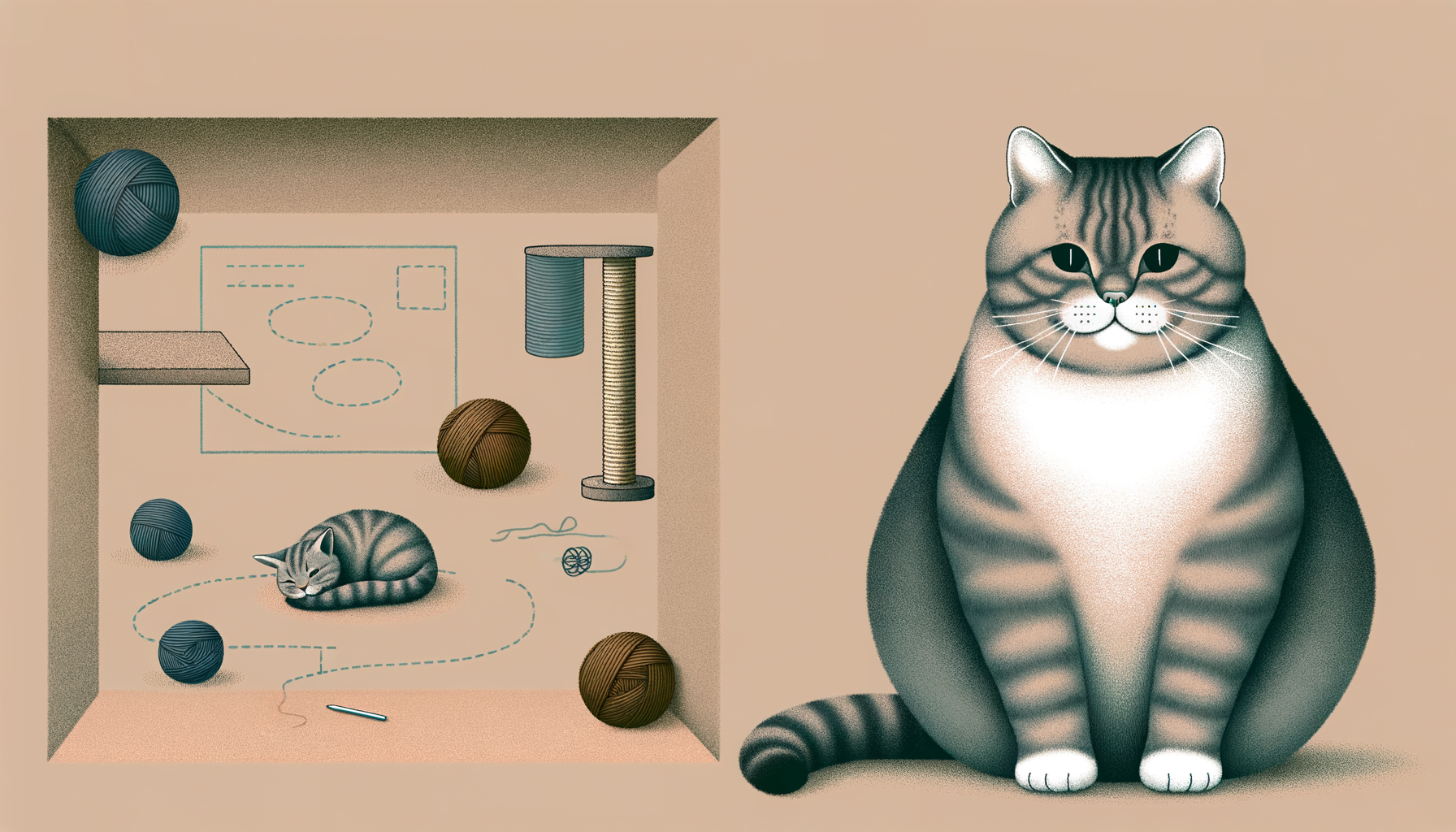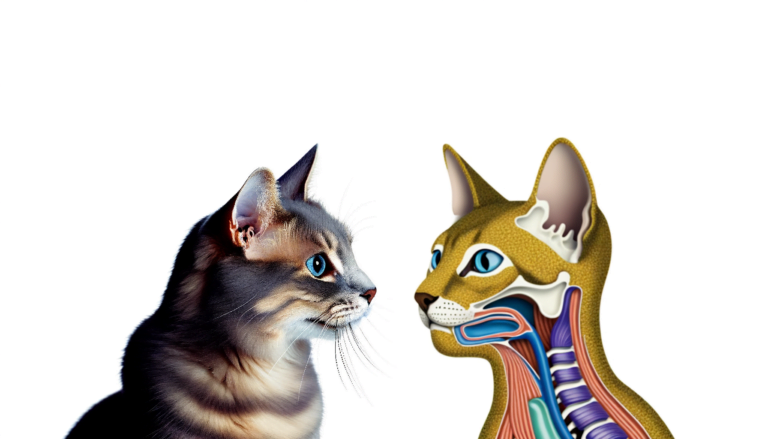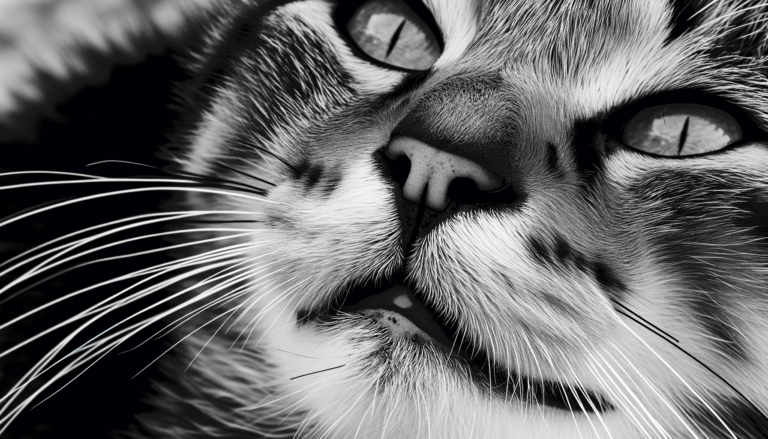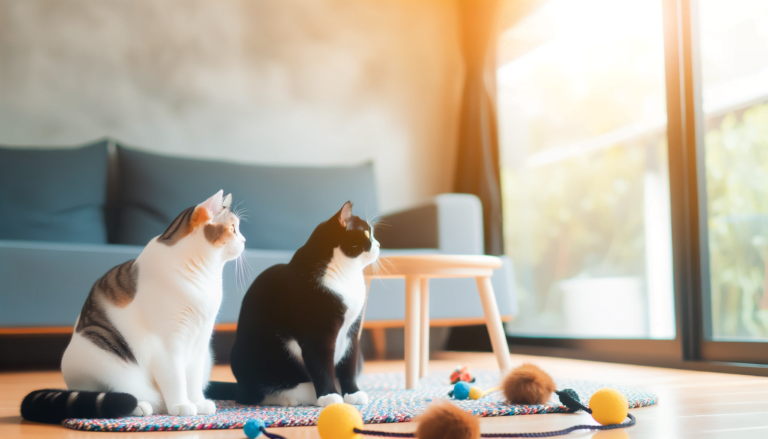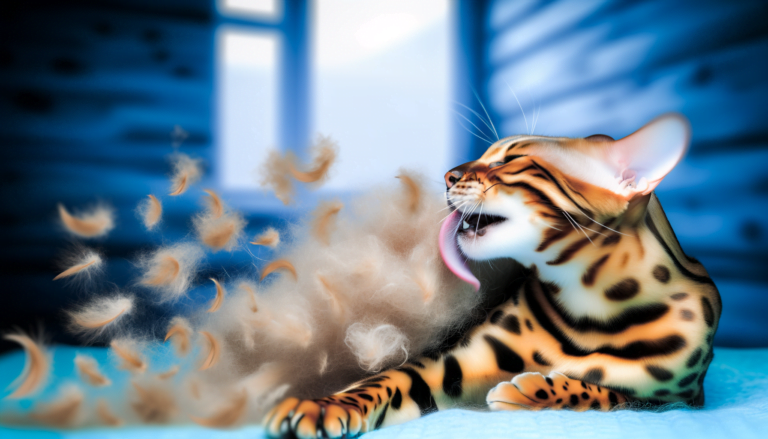Decoding Feline Pregnancy: Does a Cat’s Water Break?
Just like human beings, cats do experience a “water break” when in labor. This means that the amniotic sac containing the kitten ruptures, leading to the release of fluid. It’s one of the signs that kittens are on their way. However, it may be less noticeable in cats compared to humans due to the relatively lesser amount of fluid. The timing can vary too – sometimes it might occur shortly before the first kitten is born, while in other cases, it happens during birth. By observing behavioral changes such as nesting, restlessness, and decreased appetite, one can better anticipate the imminent birth of kittens.
Signs that Your Cat is Going into Labor
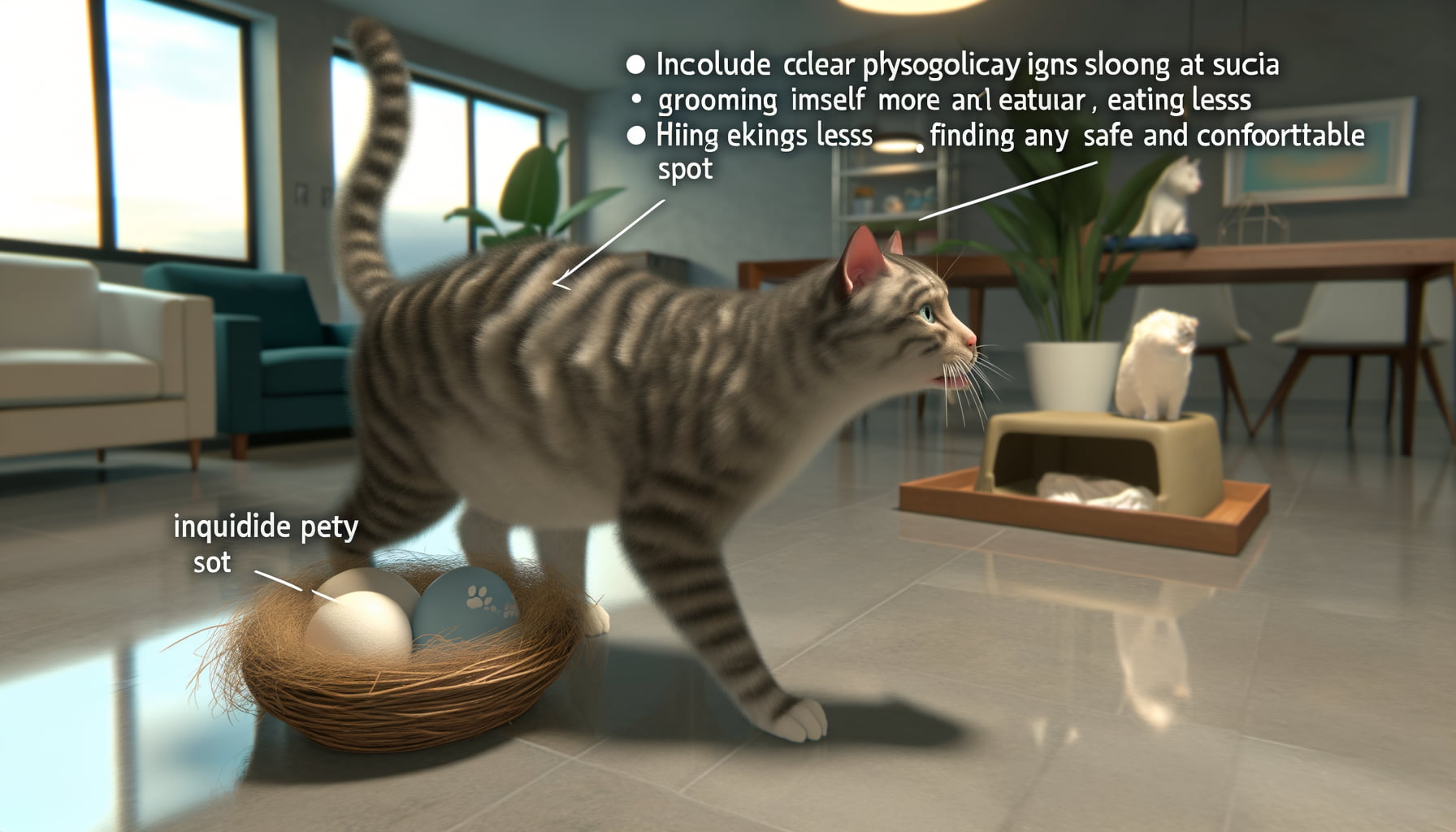
As a cat’s due date approaches, several key changes may alert you to the impending labor. It is important to look for these signs to ensure readiness to assist with a smooth feline birth. In particular, your cat’s behavior and physical condition can give crucial clues.
One such sign of approaching labor is that your cat may display growing restlessness or anxiousness. She may pace back and forth, start grooming obsessively, or start to vocalize more than usual. Another noticeable sign is the ‘nesting’ instinct. Cats instinctively seek a secure and comfortable spot to deliver their babies. Hence, if your feline friend starts scouting secluded areas, it’s likely that she’s preparing for the big day.
Aside from these behavioral signs, physical changes can also indicate imminent labor. A drop in body temperature is a significant sign, frequently occurring 24 to 48 hours before labor. Furthermore, your cat may lose her appetite and may even exhibit vomiting tendencies. Please note that these signs should be taken in combination and not out of context. Should you note any drastic changes, a vet consultation is recommended.
Understanding the Cat Pregnancy Cycle
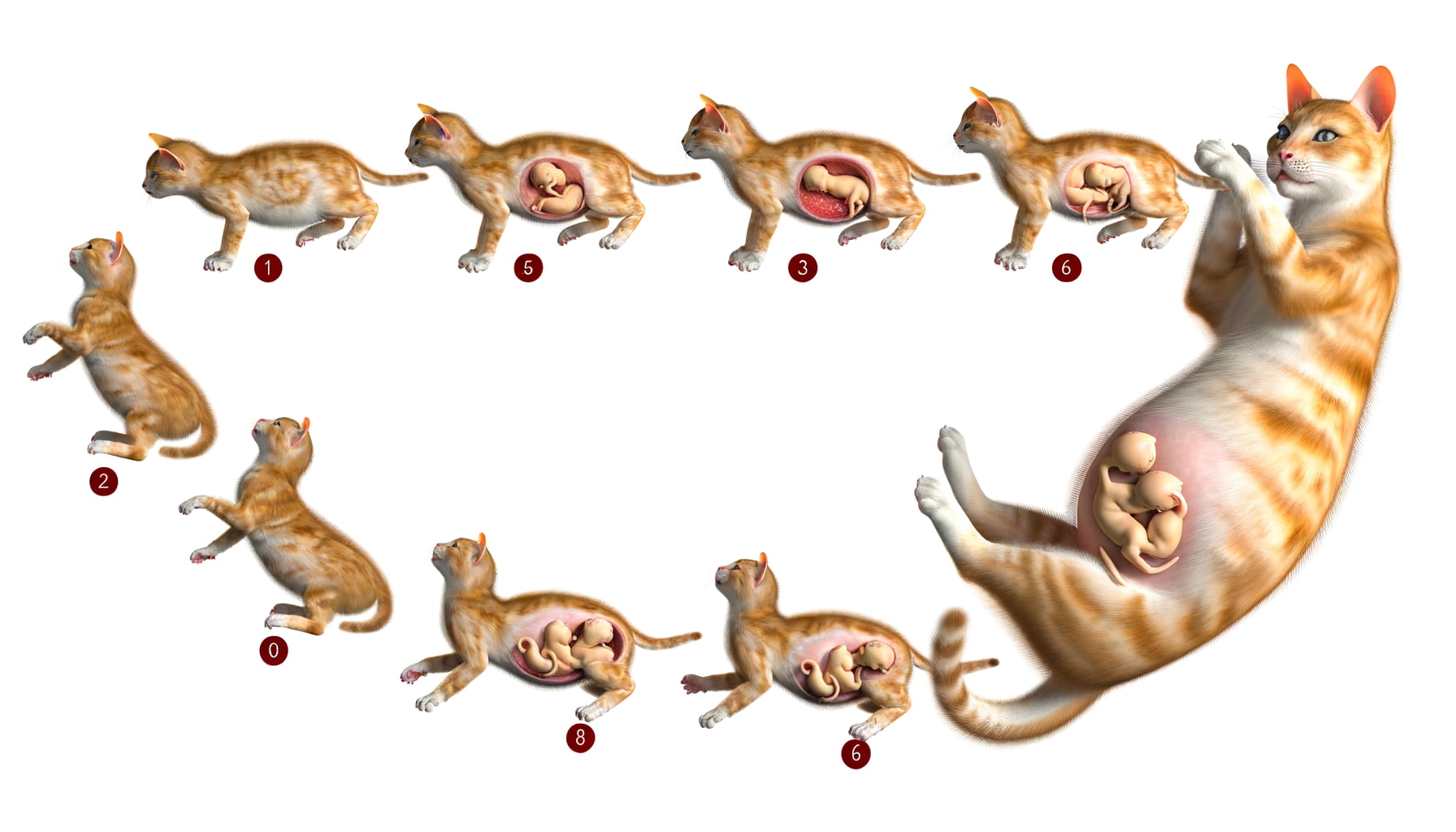
The cat pregnancy cycle is an intriguing aspect of feline behavior. It typically spans 64 to 67 days, equating to approximately nine weeks. Female felines, known as queens, possess a distinct reproductive system. During gestation, the queen’s body undergoes various changes, particularly in hormone levels and physiological structure.
In the initial phase, ovulation is induced by mating. Once successful breeding occurs, the fertilized eggs attach to the uterus’s lining around 12 days after. The development of the embryos follows a specific pattern, with organs forming within the first 20 days. By the end of the first month, a discernible heartbeat can be detected.
Fascinatingly, multiple matings within a short window can result in a litter having multiple fathers. This phenomenon, known as ‘superfecundation,’ is a distinguishing feature of feline reproduction. This knowledge lays the groundwork in Understanding the Cat Pregnancy Cycle, the first of many steps in Decoding Feline Pregnancy.
The Process of a Cat’s Water Breaking
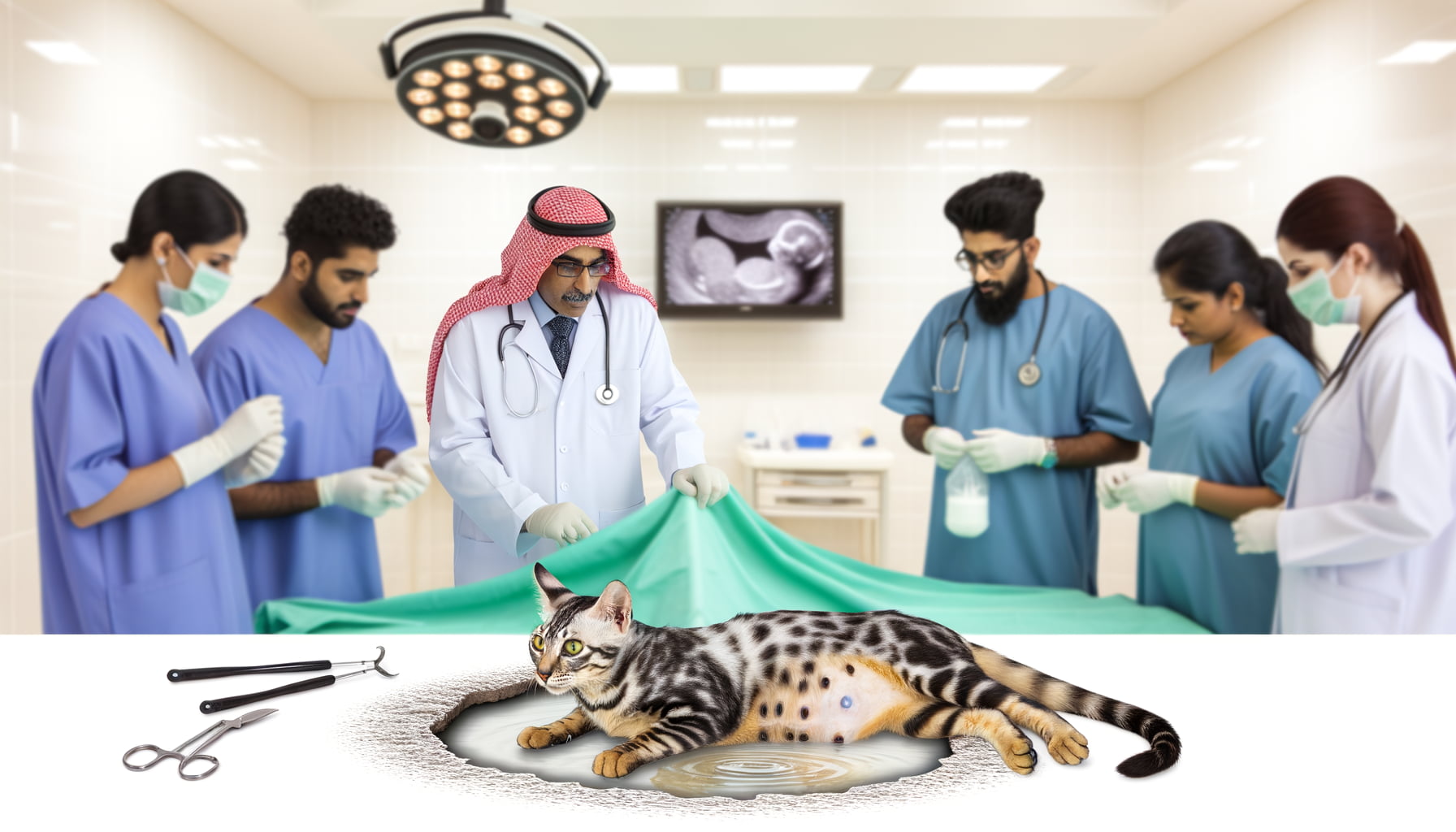
A cat’s birthing process is somewhat distinct from that of a human. Indeed, in felines, there’s an event analogously referred to as ‘water breaking.’ However, it often happens so subtly that it’s easily missed by most cat owners. The rupturing of an amniotic sac – comparable in some ways to the water-breaking event in humans – typically denotes that the birth of kittens is imminent.
This occurrence is generally often less dramatic in felines. There’s seldom a large amount of fluid unlike what is typically witnessed in human pregnancies. Thus, a cat’s water breaking may simply present itself as extra moisture in the cat’s bedding area or a slightly wet rear end.
It’s essential to note that this is a key milestone in the birthing process. Evidence of amniotic fluid means that kitten delivery should commence within a day or so. Unexpected delays following this could signify potential issues and necessitate the intervention of a veterinarian. Nonetheless, under normal conditions, this process is a remarkable demonstration of nature’s intricate design for new life.
What to Do When Your Cat’s Water Breaks
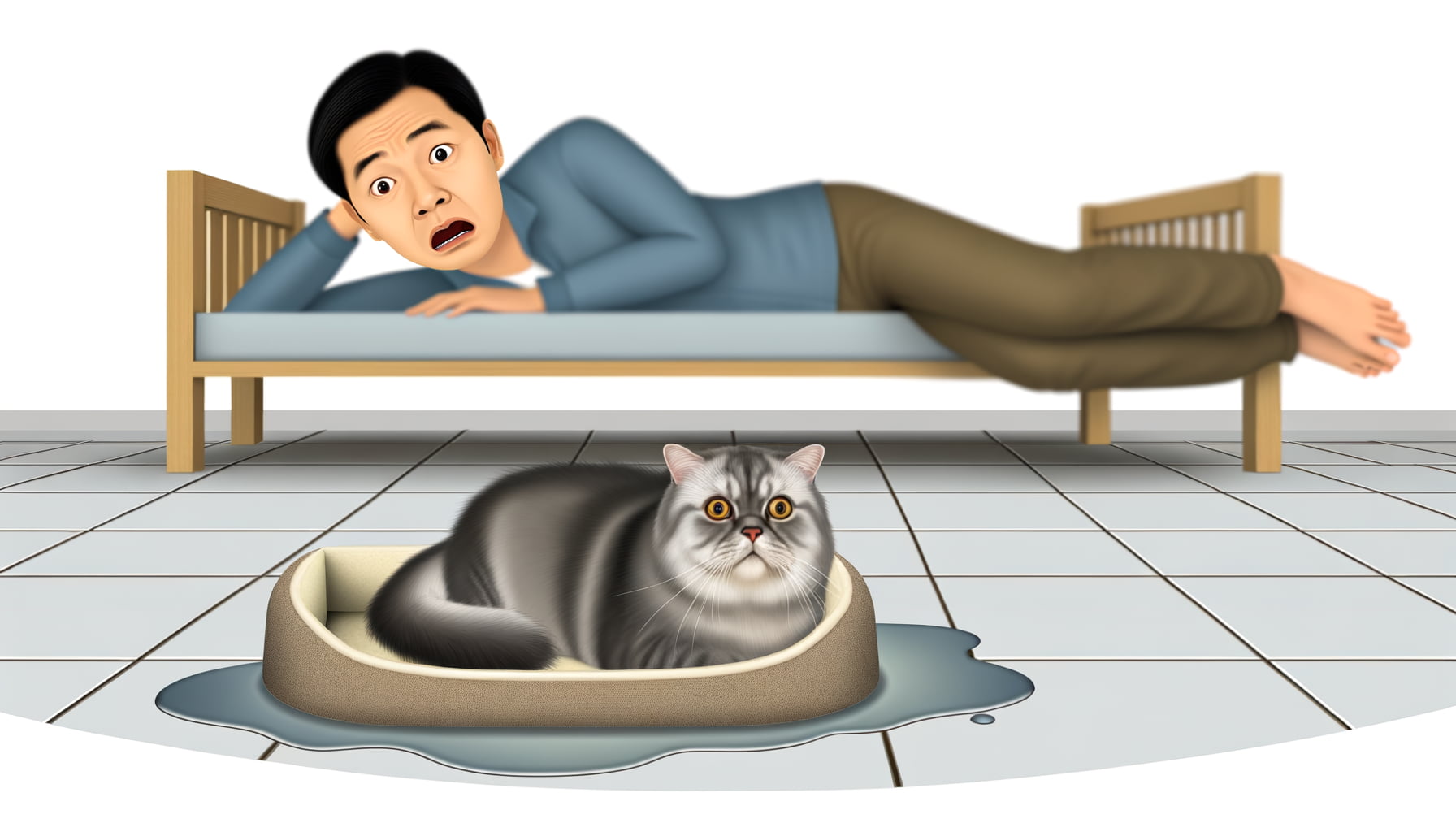
Understanding the process your feline goes through during pregnancy is paramount for their wellbeing. Upon observing that your cat’s water has broken, action must be taken promptly. It’s a clear indication that labor has begun, and kittens may soon be on their way.
First and foremost, ensure that your cat is in a calm, warm, and safe environment. This will help in reducing potential stress. As cats naturally seek privacy during birth, ensure her nesting box is in a quiet, undisturbed area of the house. Keep the environment serene and tranquil.
If you observe any signs of distress like excessive vocalization, panting, or more than 60 minutes pass without a kitten being born, it is time to contact your veterinarian. This could indicate complications that require immediate professional help. Remember, your role is to provide comfort and aid in times of obvious distress. Feline birthing is generally natural and doesn’t necessitate much human intervention. Stay alert and prepared, and hopefully, you’ll have a healthy litter of kittens soon!
Conclusion
Decoding feline pregnancy can be a fascinating and mysterious journey, especially when it comes to the question of whether a cat’s water breaks. Through careful observation and understanding of cat behavior, we can unravel the secrets of this natural process.
By diving into the various aspects of feline pregnancy, from [Collection] to [Collection] and beyond, we can gain insight into the unique ways in which cats experience childbirth. While the specifics may differ from human pregnancy, the wonder and beauty of new life remain a constant reminder of the miracles of nature.
